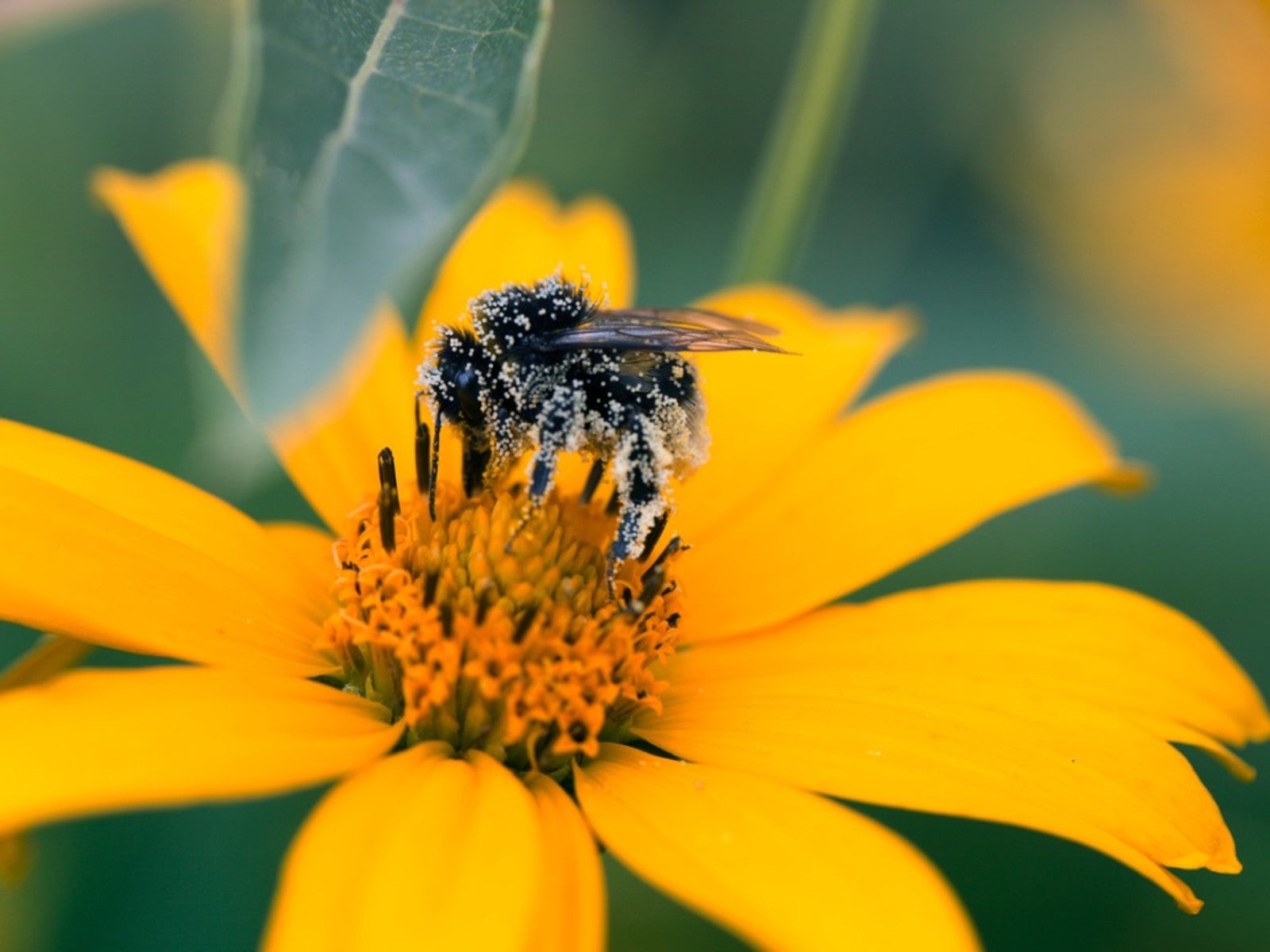
All types of plants that develop seeds to produce the next generation require pollination, the transfer of pollen from the male to female components. Multiple plant adaptations for pollination have evolved over millions of years to make this happen. How Do Plants Attract Pollinators? Wind, water, and animals are all potential vectors for pollination. Wind and water are passive, moving pollen by chance. Animals, on the other hand, are pollinators that move from one plant to another, taking pollen with them. This is a more active and productive form of pollination, but it requires that plants draw in pollinators. They attract bats, bees, butterflies, and other animals through showy flowers and some very specific adaptations. Which Part of a Plant Attracts Pollinators? Conifers have a very passive way of pollination, relying on the wind to move pollen. Flowering plants, on the other hand, use their blooms. Flower petals, sepals, and […]
The post Different Plant Adaptations For Pollination appeared first on Gardening Know How.
Via Tips & Information about Gardening How To - Gardening Know How https://www.gardeningknowhow.com/garden-how-to
Commentaires
Enregistrer un commentaire